In a world where cats and dogs dominate the pet scene, there’s a growing fascination with exotic mini mammals that offer unique companionship experiences. These pint-sized creatures bring extraordinary characteristics, behaviors, and care requirements that differ significantly from traditional pets. From their specialized diets to their distinctive social needs, these small exotic mammals can make wonderful companions for the right owner willing to provide appropriate care. This article explores some of the most adorable exotic mini mammals that can legally be kept as pets, their specific needs, and important considerations before bringing one home.
Hedgehogs: Prickly Balls of Personality

Hedgehogs have captured the hearts of exotic pet enthusiasts with their unique combination of spiny protection and curious personalities. These nocturnal creatures typically weigh between 0.5 and 1.5 pounds, making them perfect pocket-sized companions for those with limited space. When properly socialized, hedgehogs can develop strong bonds with their owners, though they generally remain more independent than many traditional pets. Their diet consists primarily of high-quality cat food supplemented with insects, fruits, and vegetables, providing the balanced nutrition they need to thrive. While their quills might appear intimidating, hedgehogs rarely use them defensively unless they feel threatened, and many owners find that regular handling leads to a pet that’s comfortable being cuddled despite its spiky exterior.
Sugar Gliders: Pocket-Sized Flying Companions
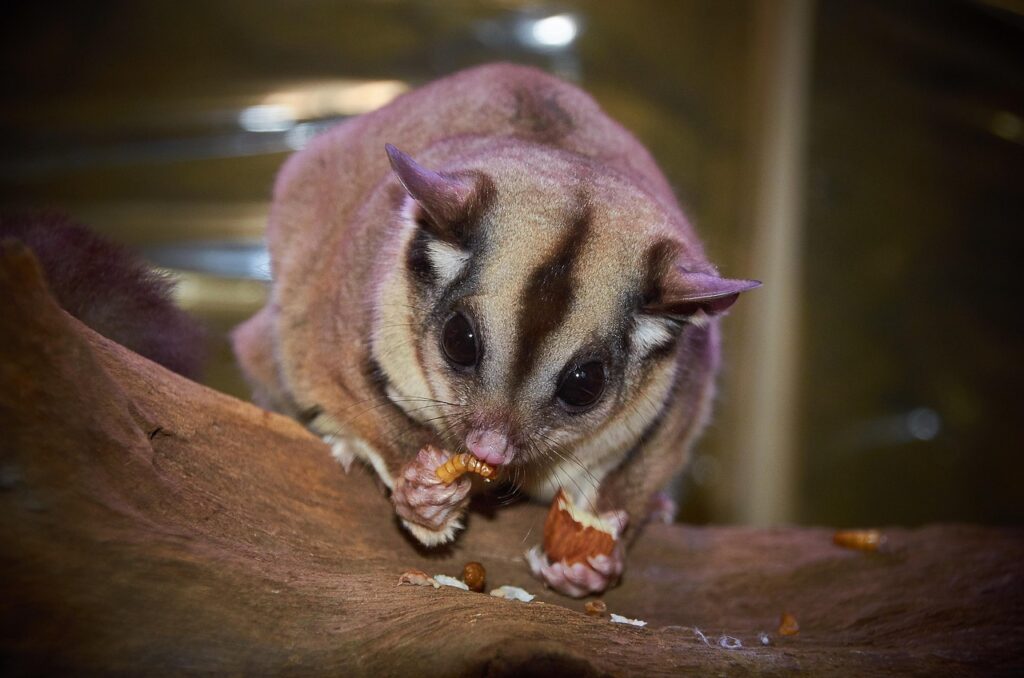
Sugar gliders are marsupials native to Australia and Indonesia that have gained popularity for their ability to glide through the air using a membrane called a patagium that stretches between their front and back limbs. These social creatures form strong bonds with their human caregivers and often prefer living in pairs or small groups to meet their emotional needs. Weighing just 4-5 ounces, these tiny mammals require a surprisingly tall cage to accommodate their natural gliding behaviors and active lifestyle. Their diet is complex, requiring a careful mix of protein, fruits, vegetables, and specially formulated nectar substitutes to mimic their natural food sources. Sugar gliders can live 10-15 years with proper care, making them a long-term commitment for potential owners who are rewarded with their affectionate nature and unique bond.
Fennec Foxes: Desert Dwellers with Oversized Ears
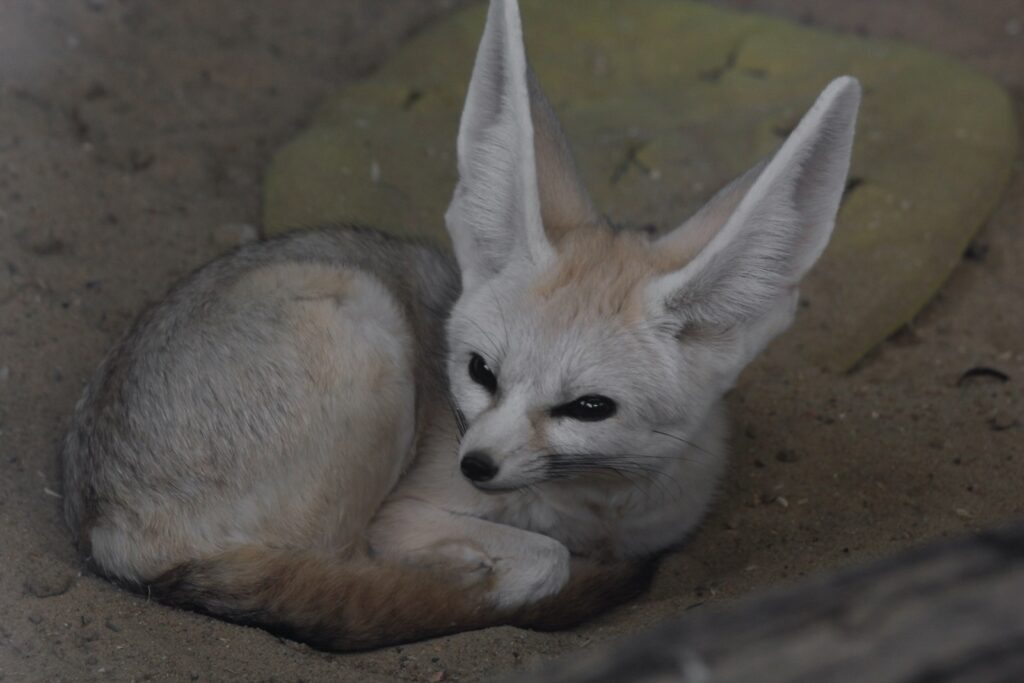
The fennec fox stands out among exotic pets with its disproportionately large ears that can grow up to 6 inches long, serving as efficient heat dissipators in their native desert habitat. These small canids weigh between 2-3 pounds as adults, making them the smallest fox species in the world and approximately the size of a small house cat. Their energetic and playful temperament requires ample space and enrichment, including toys, tunnels, and climbing structures to keep them mentally stimulated and physically satisfied. Fennec foxes have unique dietary needs consisting of a high-protein diet including lean meats, eggs, insects, and some fruits and vegetables, mimicking their omnivorous natural diet. While they can form strong bonds with their owners, potential caregivers should be aware that these foxes retain many wild instincts, including nocturnal activity patterns and a tendency to dig, making them suitable only for dedicated exotic pet enthusiasts willing to accommodate their natural behaviors.
Chinchillas: Cloud-Soft Fur and Playful Antics
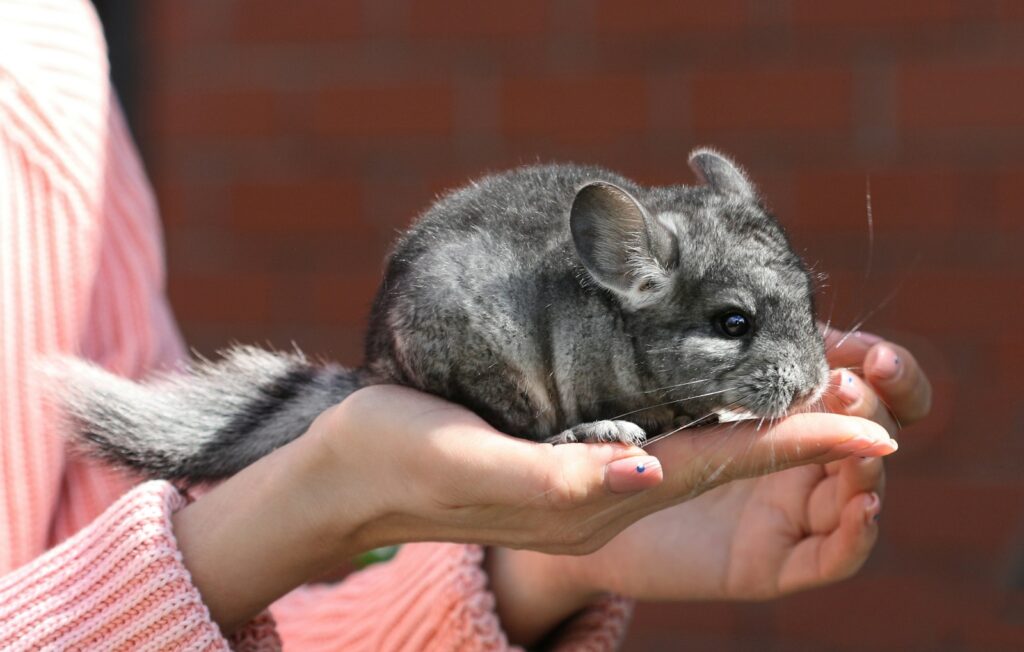
Chinchillas boast the densest fur of any land mammal, with up to 60 hairs growing from a single follicle, resulting in their famously soft coat that requires special care. These South American natives are crepuscular, meaning they’re most active during dawn and dusk, making them suitable for owners who work traditional hours but can interact with them in the early morning and evening. Unlike many exotic pets, chinchillas can live for an impressive 15-20 years, representing a significant long-term commitment for potential owners. Their specialized respiratory system, adapted to the thin air of their native Andean mountain habitat, makes them particularly sensitive to heat and humidity, requiring living environments kept below 75°F with low humidity to prevent potentially fatal heat stroke. Rather than traditional bathing, chinchillas require dust baths using special volcanic ash to keep their dense fur clean and healthy, a unique grooming behavior that many owners find entertaining to watch.
Short-Tailed Opossums: Pocket-Sized Marsupials
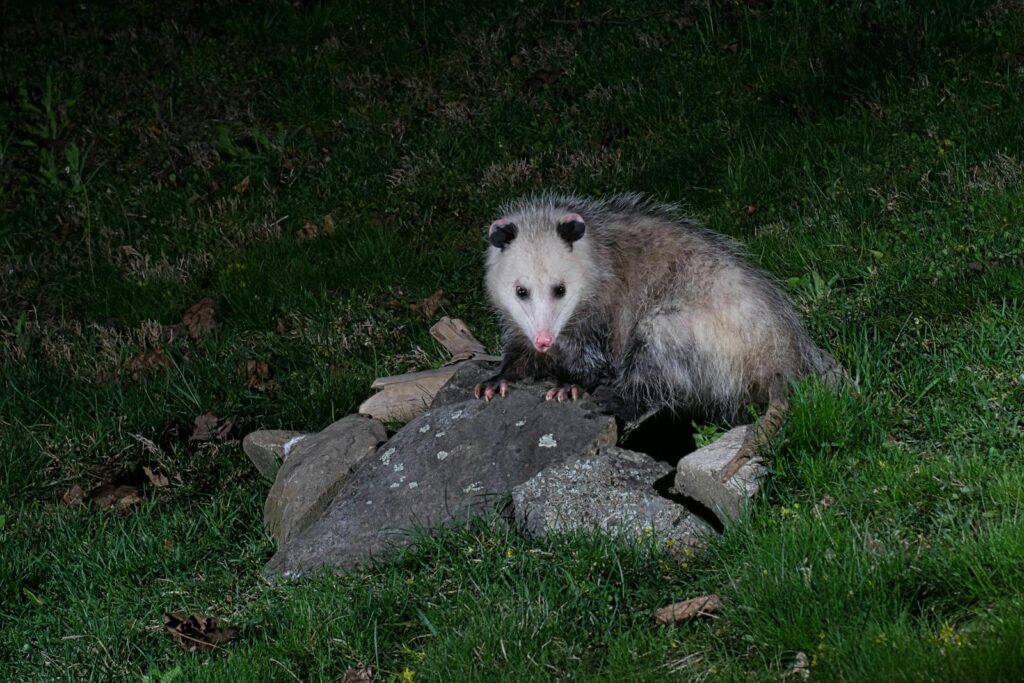
Short-tailed opossums are small, mouse-like marsupials native to South America that have become increasingly popular as exotic pets due to their manageable size and relatively simple care requirements. Unlike their North American opossum cousins, these miniature marsupials lack a pouch and typically weigh only 3-5 ounces, making them easy to house in appropriately sized enclosures. Their solitary nature in the wild translates to captivity, where they generally prefer to live alone and don’t require the companionship of their own kind to thrive. Short-tailed opossums are primarily insectivorous omnivores, requiring a diet rich in protein from sources like mealworms, crickets, and high-quality cat food, supplemented with fruits and vegetables. With their curious nature, prehensile tail, and lack of the defensive behaviors common in larger opossum species (they rarely play dead or emit unpleasant odors), these little marsupials can become surprisingly interactive and engaging pets for those interested in more unusual companionship.
African Pygmy Hedgehogs: The Most Popular Hedgehog Pets
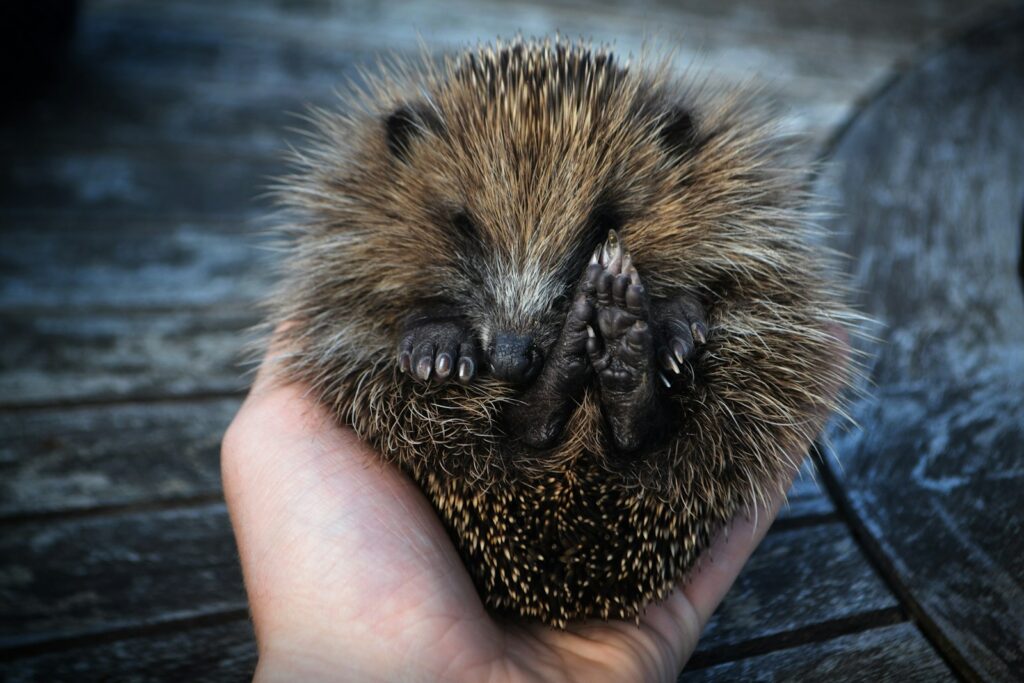
African Pygmy Hedgehogs have become the most commonly kept hedgehog species in the pet trade, prized for their smaller size and more docile temperament compared to their European cousins. These hedgehogs typically display individual personality variations, with some being naturally curious and outgoing while others remain more shy and reserved, requiring patient socialization from their owners. Their specialized skin care needs include regular monitoring for dry skin conditions, which can be addressed with occasional oatmeal baths or small amounts of coconut oil applied to particularly dry areas. African Pygmy Hedgehogs are prone to obesity in captivity, making appropriate diet management and exercise opportunities essential components of responsible ownership. Potential owners should be aware that these hedgehogs undergo a natural process called “quilling” several times during their development, during which they shed old quills and grow new ones, often resulting in temporary grumpiness that requires extra patience and gentle handling.
Degus: Social Chilean Rodents
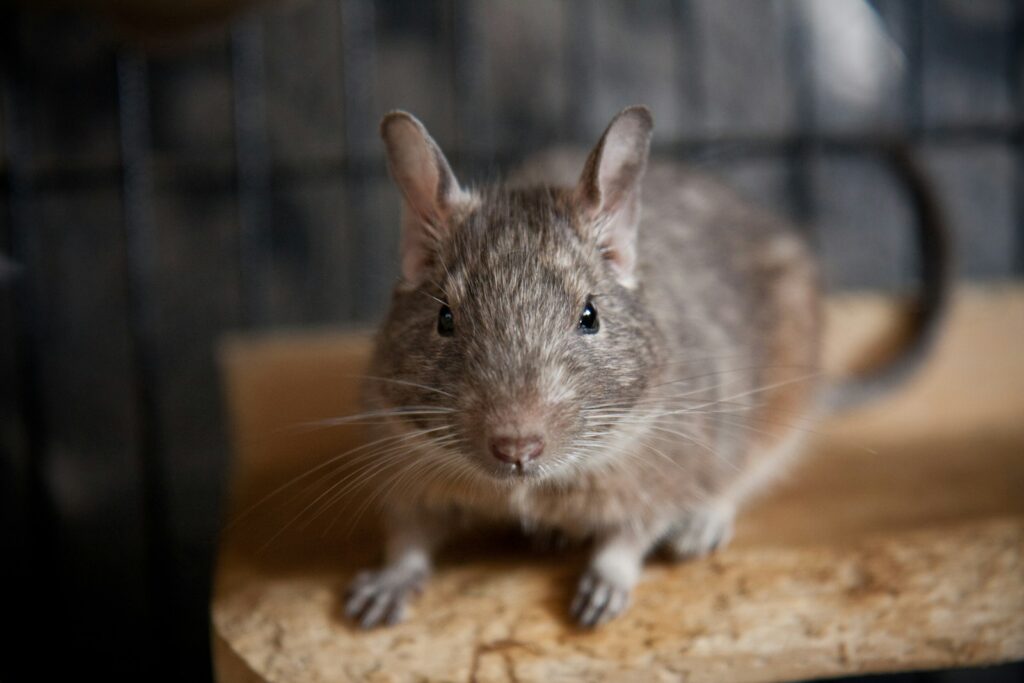
Degus are highly social rodents native to Chile that have been compared to a cross between chinchillas and gerbils, combining the best qualities of both into a friendly, diurnal pet that’s active during daylight hours. These intelligent creatures thrive on social interaction and should always be kept in pairs or small groups to support their emotional well-being and natural communal behaviors. Degus possess remarkable cognitive abilities, readily learning tricks, navigating mazes, and recognizing their owners, making them engaging pets for those who enjoy interactive relationships with their small animals. Their specialized dietary needs include high-fiber, low-sugar foods, as degus are extremely prone to diabetes and cannot metabolize simple sugars properly, meaning fruits and sweet treats must be strictly limited or avoided entirely. With proper care, these charismatic rodents can live 6-8 years in captivity, forming strong bonds with both their degu companions and human caregivers through their surprisingly complex social structures.
Kinkajous: Honey Bears with Prehensile Tails
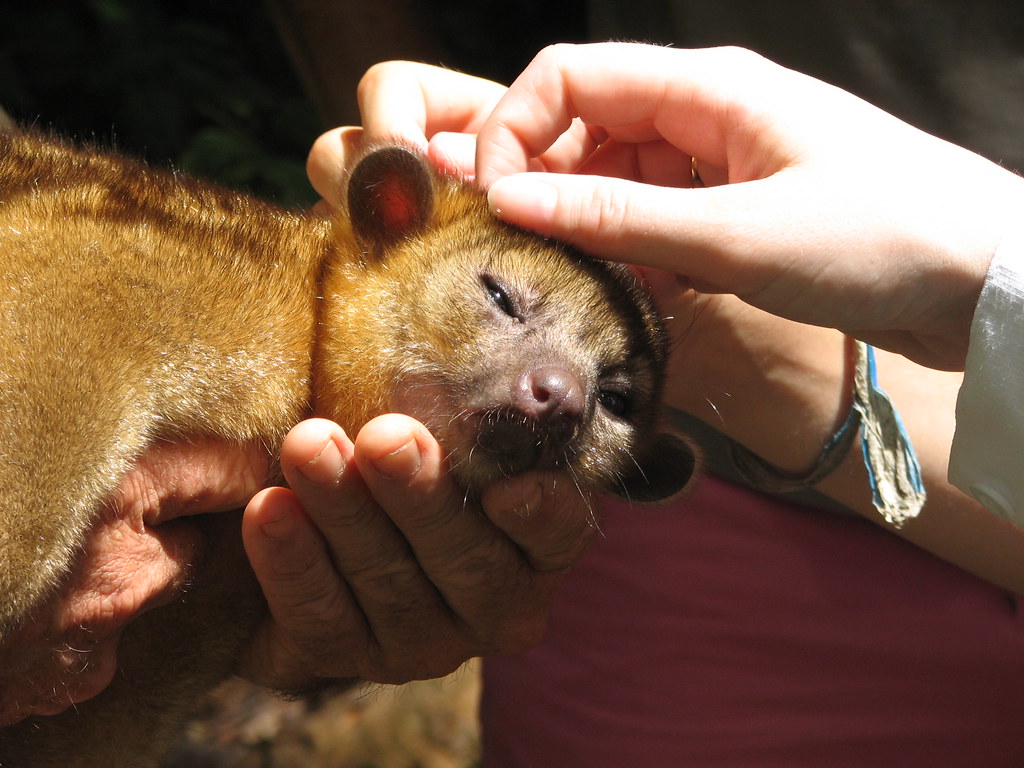
Kinkajous, sometimes called “honey bears,” are rainforest mammals related to raccoons that possess extraordinarily dexterous prehensile tails capable of supporting their entire body weight while foraging in trees. These primarily frugivorous creatures have specialized long tongues that help them extract nectar from flowers and honey from beehives in the wild, a fascinating adaptation that gives them their common nickname. While kinkajous can form strong bonds with their owners, their naturally nocturnal lifestyle means they’re most active when humans typically sleep, potentially creating challenges for owners expecting daytime interaction. These exotic pets require spacious, tall enclosures with numerous climbing opportunities to satisfy their arboreal nature, along with specialized diets consisting mainly of fruits, supplemented with protein sources and commercial omnivore diets. Potential owners should be aware that kinkajous require permits in many jurisdictions and represent a significant commitment, as they can live 20-25 years in captivity with proper care, making them one of the longer-lived exotic mammal pets available.
Jerboas: Hopping Desert Dwellers

Jerboas are extraordinary bipedal rodents from desert regions of Asia and Africa that move by hopping on their elongated hind legs, similar to miniature kangaroos, creating a mesmerizing display of natural adaptation. Their specialized physiology includes minimal water requirements, as they have evolved to extract most of their hydration needs from the seeds, plants, and insects they consume in their arid native habitats. These nocturnal creatures possess remarkable adaptations including oversized ears that serve dual purposes of excellent hearing for predator detection and efficient heat dissipation in hot desert environments. Jerboas require carefully controlled habitat temperatures and specialized substrate that allows for their natural burrowing behaviors while preventing respiratory issues from fine dust. Their highly specialized care requirements, including complex dietary needs and sensitivity to environmental factors, make them suitable only for experienced exotic pet keepers with specific knowledge about their unique needs.
Prairie Dogs: Colonial Ground Squirrels with Complex Communication
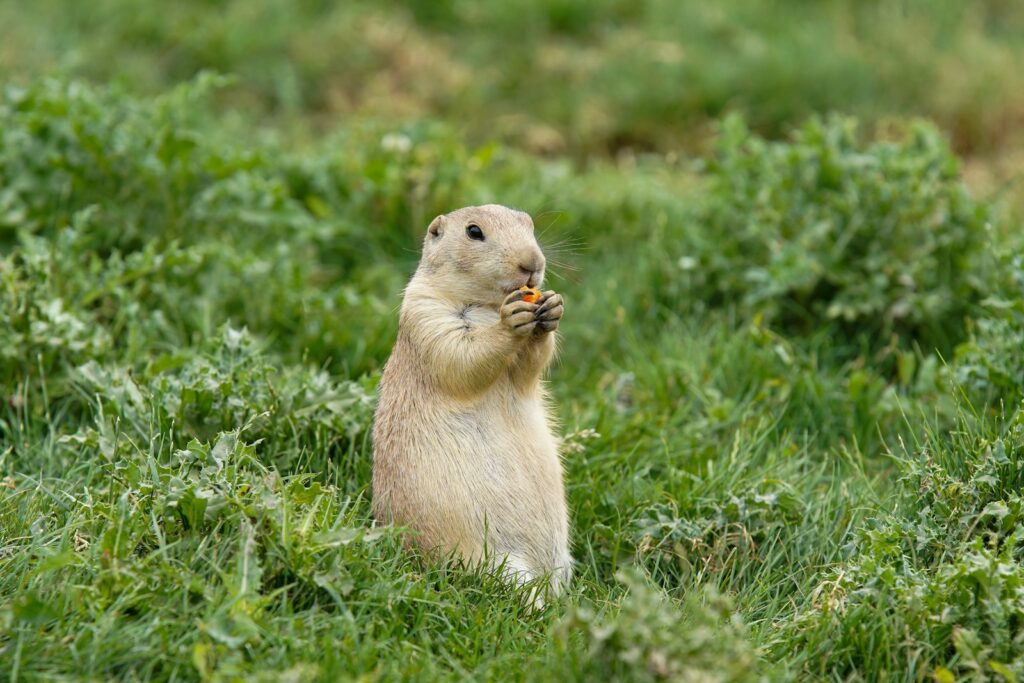
Prairie dogs are highly social ground squirrels native to North American grasslands that have developed one of the most sophisticated vocal communication systems in the animal kingdom, using different calls to describe specific predators and even human characteristics like clothing colors. These intelligent rodents form complex social hierarchies in the wild and in captivity, greeting each other with “kisses” that are actually a form of recognition through teeth contact. Properly socialized prairie dogs can form intense bonds with their human caregivers, often seeking affection, responding to their names, and expressing excitement when their favorite people enter the room. Their natural digging behaviors necessitate specialized enclosures with deep bedding or controlled outdoor access, as they can tunnel extensively when given the opportunity. Prairie dog owners should be aware of their specific nutritional requirements, which include a diet high in timothy hay and grasses, supplemented with limited amounts of vegetables, roots, and specialized prairie dog pellets to prevent obesity and dental problems.
Tenrecs: Hedgehog-Like Mammals from Madagascar
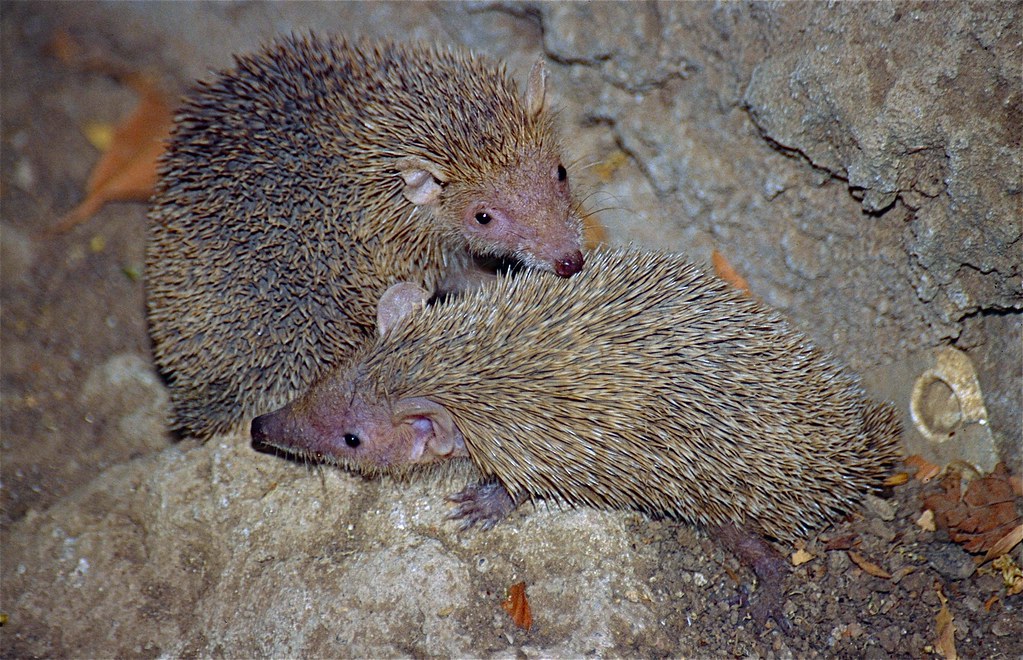
Tenrecs represent a diverse family of small mammals native to Madagascar and parts of Africa that have evolved to fill ecological niches similar to hedgehogs, shrews, and mice, despite not being closely related to any of these animals. The most commonly kept species in the exotic pet trade, the Lesser Hedgehog Tenrec, resembles a true hedgehog but possesses distinctive differences including less sharp quills, a more pointed face, and unique locomotion patterns. These unusual mammals enter a state of torpor (a form of light hibernation) when temperatures drop or food becomes scarce, a natural adaptation that requires owners to maintain stable environmental conditions to prevent unexpected periods of inactivity. Tenrecs possess remarkably poor eyesight, relying instead on their acute senses of smell and hearing to navigate their environment, which influences how they interact with owners and their surroundings. Their care requirements include a diet rich in insects and other protein sources, appropriate temperature gradients within their enclosure, and handling techniques that differ somewhat from those used with true hedgehogs due to their unique physical characteristics.
Flying Squirrels: Nocturnal Gliders with Winning Personalities
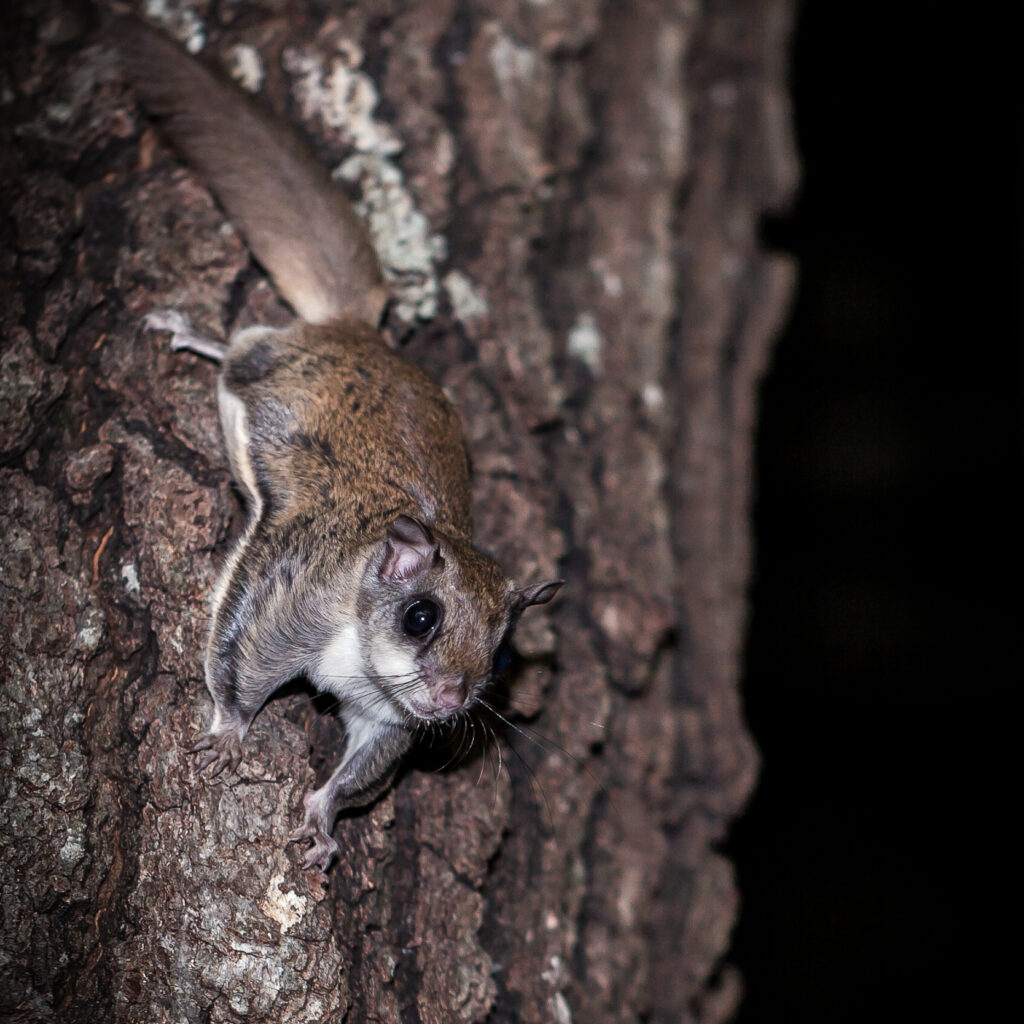
Flying squirrels don’t actually fly but instead glide impressive distances between trees using a furred membrane called a patagium that stretches from their wrists to their ankles, allowing them to travel up to 150 feet in a single glide. The Southern Flying Squirrel, the species most commonly kept as pets, forms extraordinarily strong bonds with their human caregivers when hand-raised from a young age, often seeking the warmth and security of a shirt pocket or hood. These nocturnal creatures have enormous eyes relative to their body size, an adaptation for their nighttime lifestyle that gives them exceptional night vision and contributes to their adorably appealing appearance. Flying squirrels are naturally colony animals, making them happiest when kept in pairs or small groups where they can engage in social grooming, play, and cuddling behaviors that are essential to their psychological well-being. Their specialized dietary needs include a variety of nuts, seeds, fruits, and proteins, with particular attention to calcium-phosphorus ratios to prevent metabolic bone disease, a common health concern in captive flying squirrels.
Legal and Ethical Considerations for Exotic Pet Ownership

Exotic pet ownership regulations vary dramatically between countries, states, and even municipalities, making it essential for prospective owners to thoroughly research local laws before acquiring any unusual mammal. The ethical sourcing of exotic pets represents a significant concern, as wild-caught specimens often suffer high mortality rates during capture and transport, while potentially contributing to population declines in their native habitats. Reputable breeders who specialize in specific exotic species generally produce animals that are healthier, better socialized, and more suitable as pets than those with unknown origins or those sourced through questionable channels. Prospective owners should consider the availability of specialized veterinary care in their area, as many general practice veterinarians lack training or experience with exotic mammals, potentially leaving owners without access to proper medical care during emergencies. Responsible ownership includes preparing for the full natural lifespan of the animal, which for many exotic mammals can extend 10-20 years, representing a significant long-term commitment of resources, time, and appropriate living arrangements.
The world of exotic mini mammals offers fascinating alternatives to traditional pets for those willing to invest in their specialized care. From the prickly charm of hedgehogs to the gliding grace of sugar gliders, these unconventional companions can provide unique and rewarding relationships. However, potential owners must approach exotic pet ownership with a serious commitment to understanding each species’ distinct needs, securing appropriate veterinary care, and complying with all legal requirements. With proper research, preparation, and dedication, these miniature marvels can thrive in captivity, bringing joy and wonder to responsible caretakers who appreciate their special characteristics and are committed to providing the specialized care they deserve.

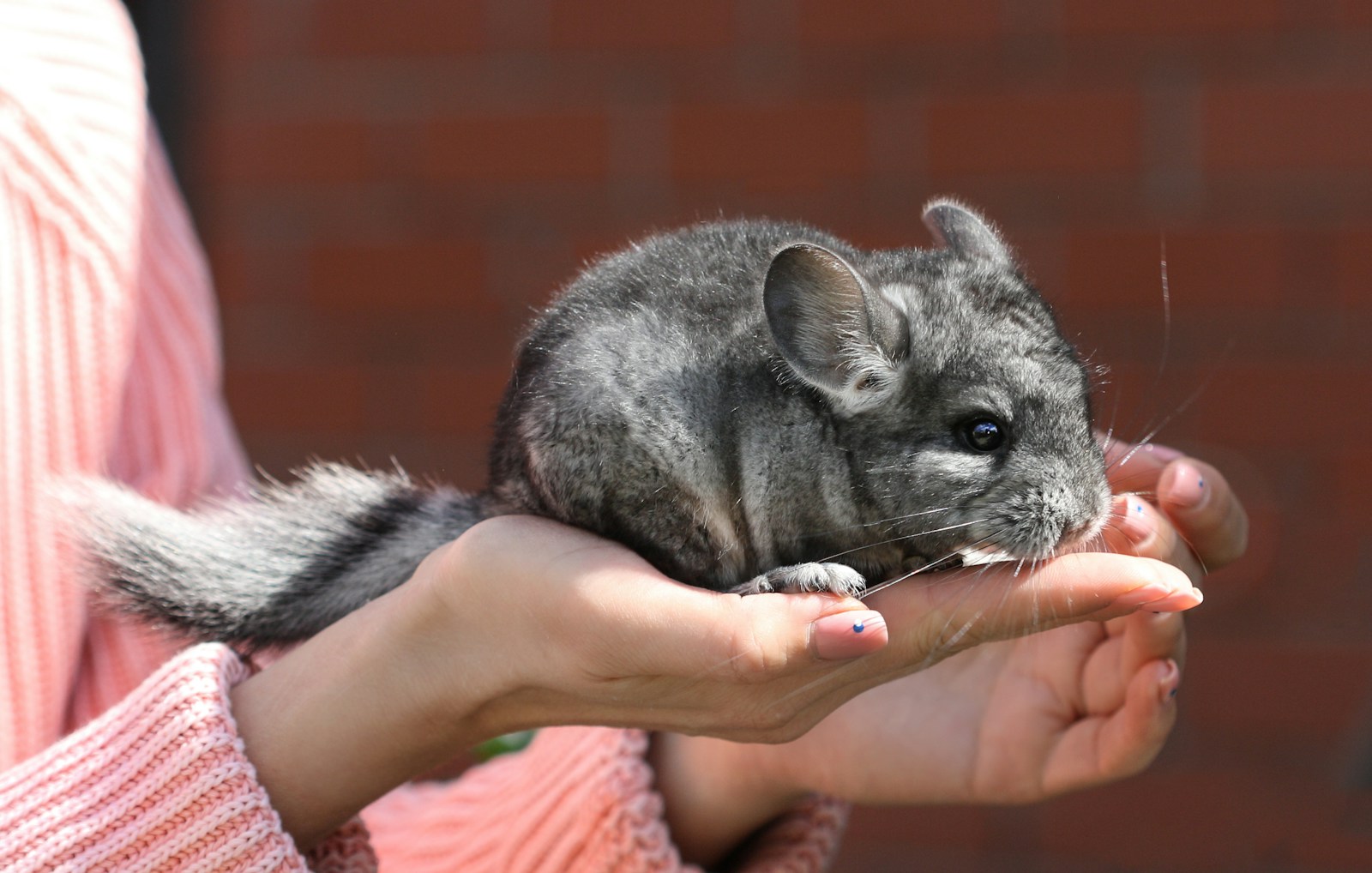


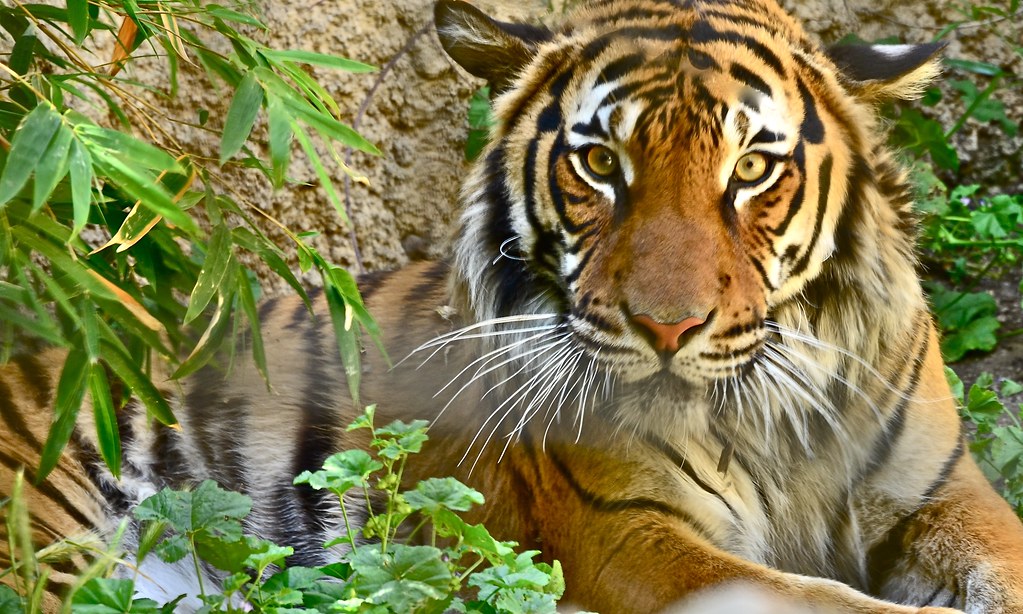
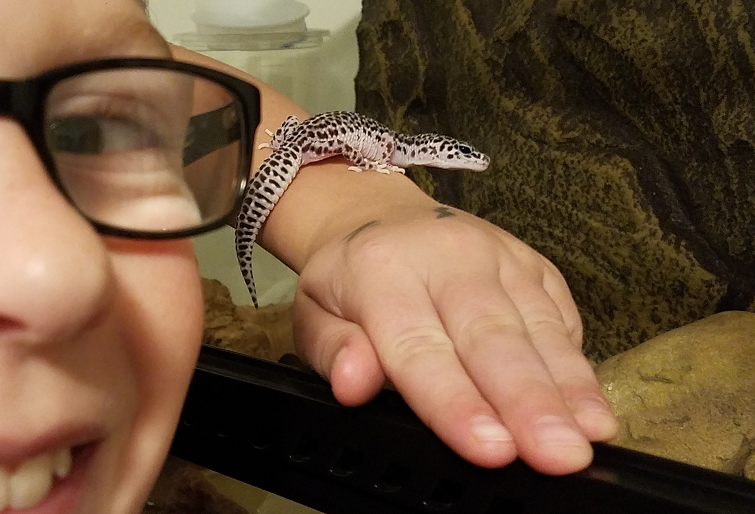
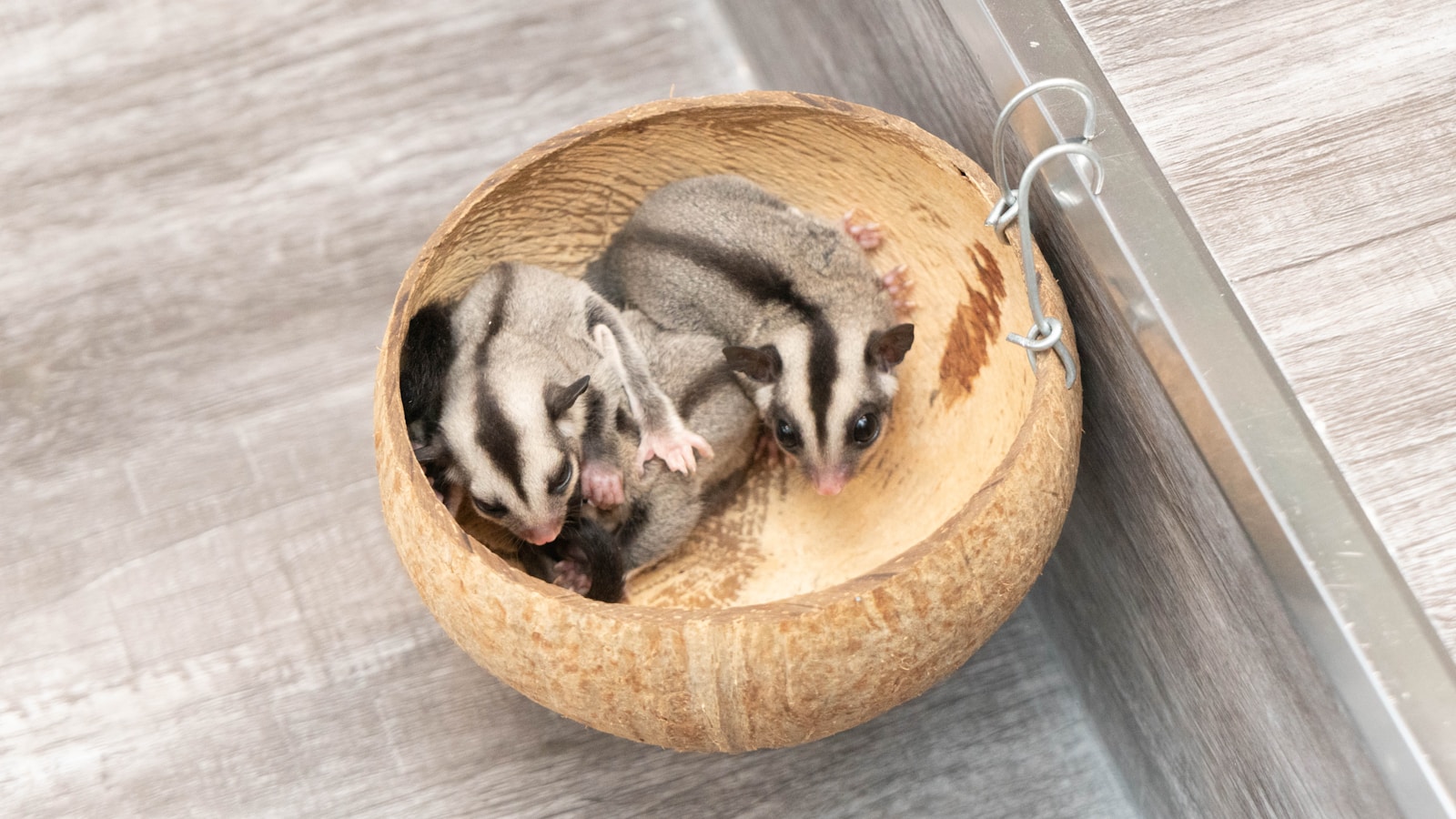
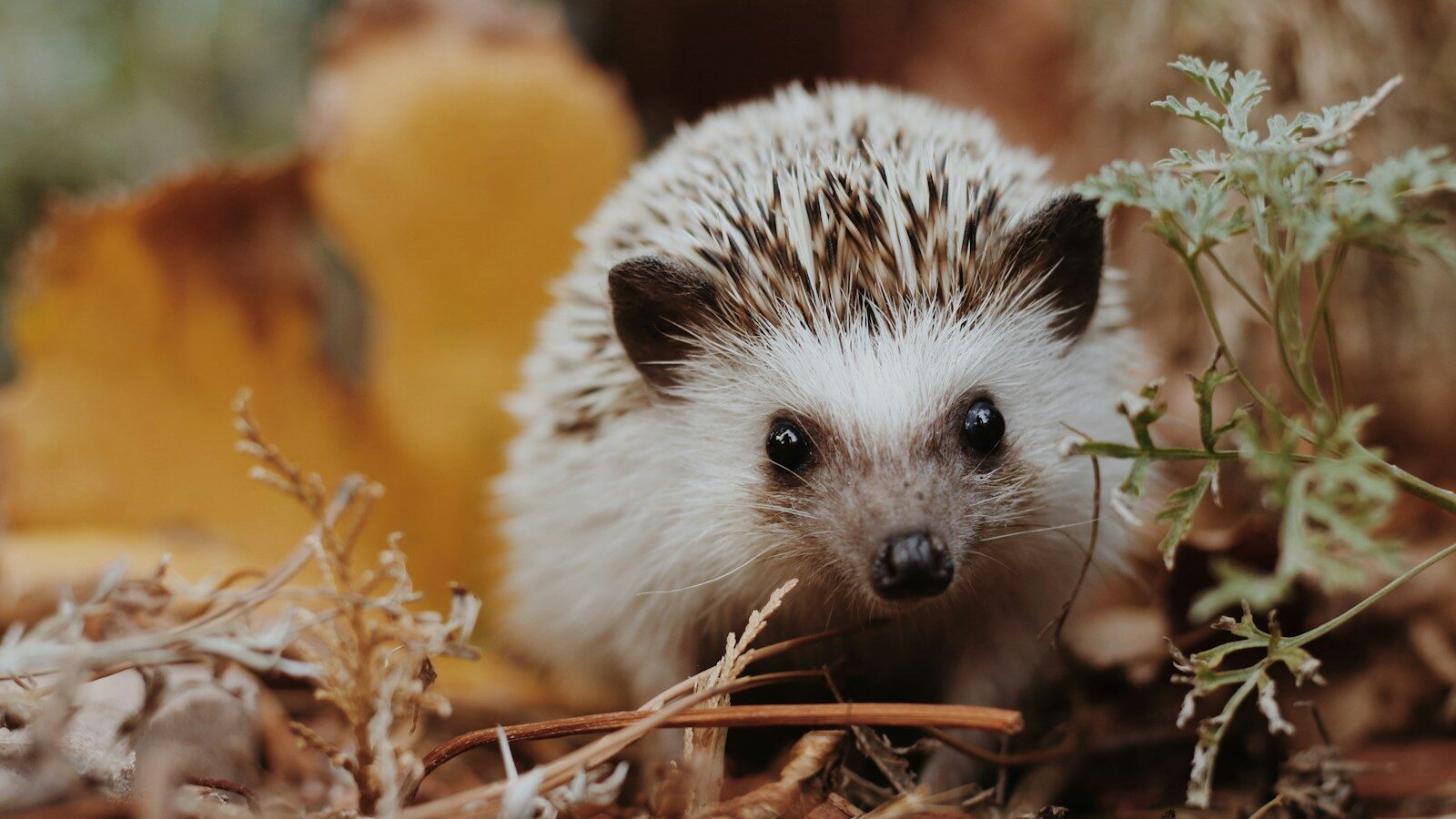

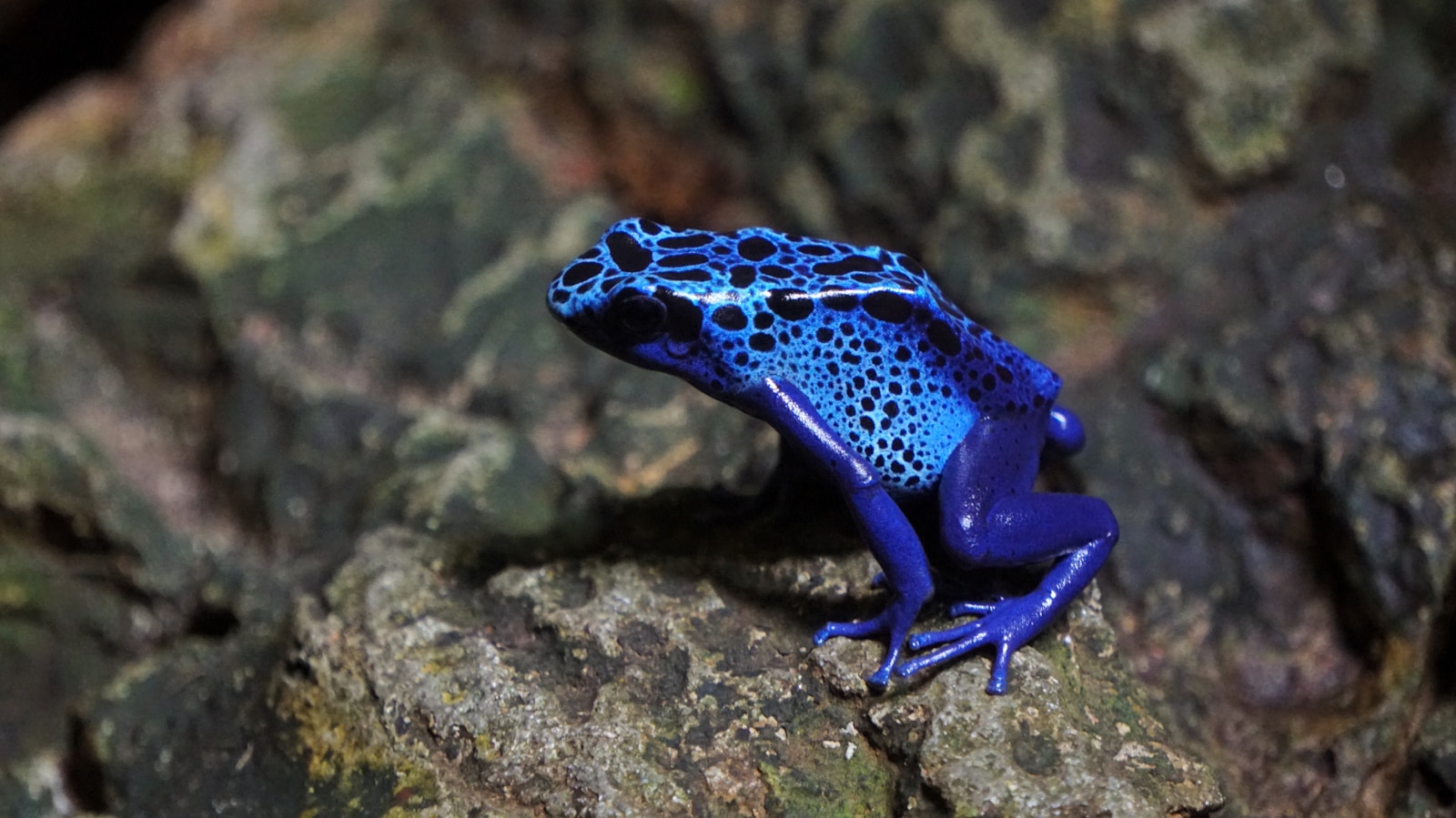
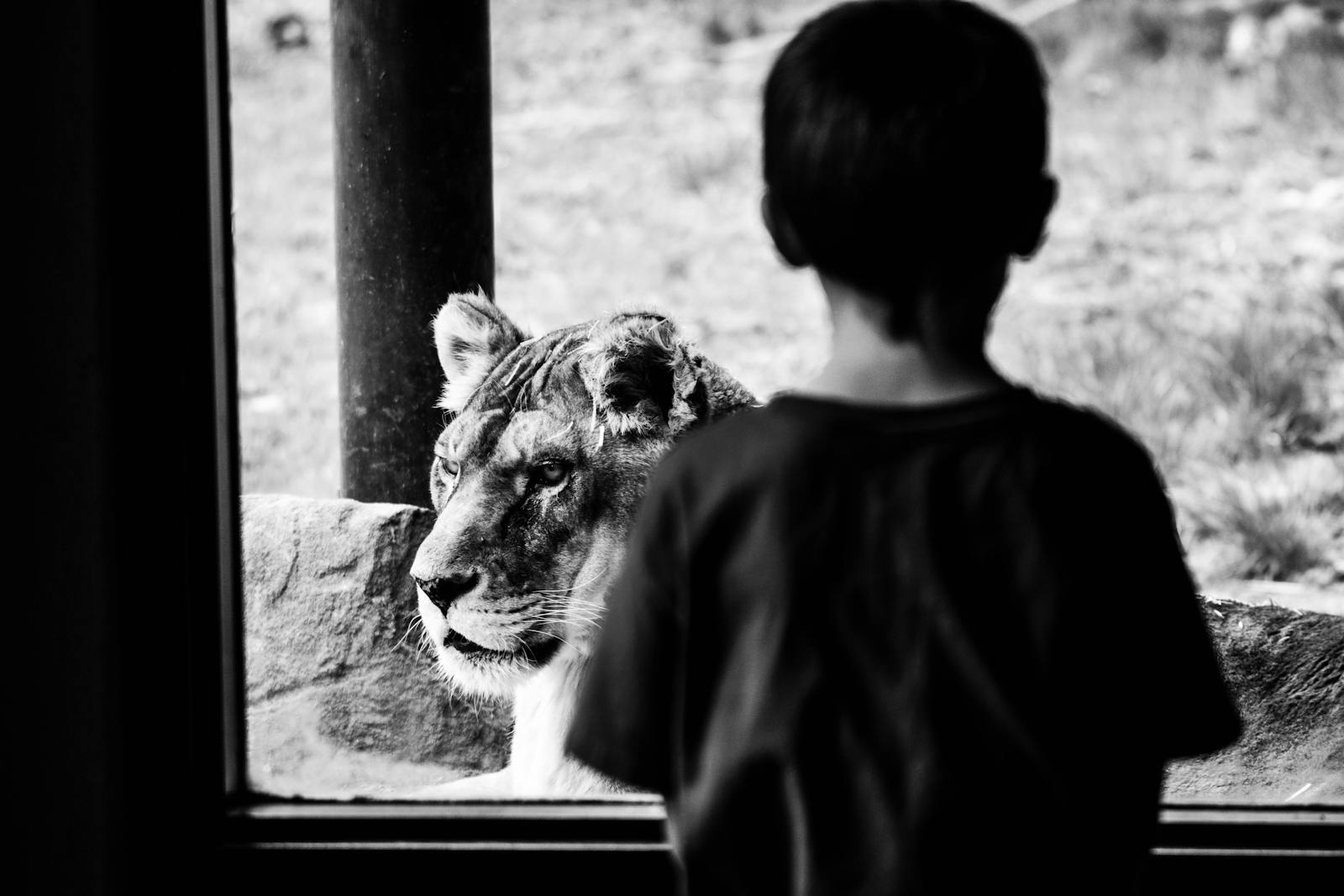
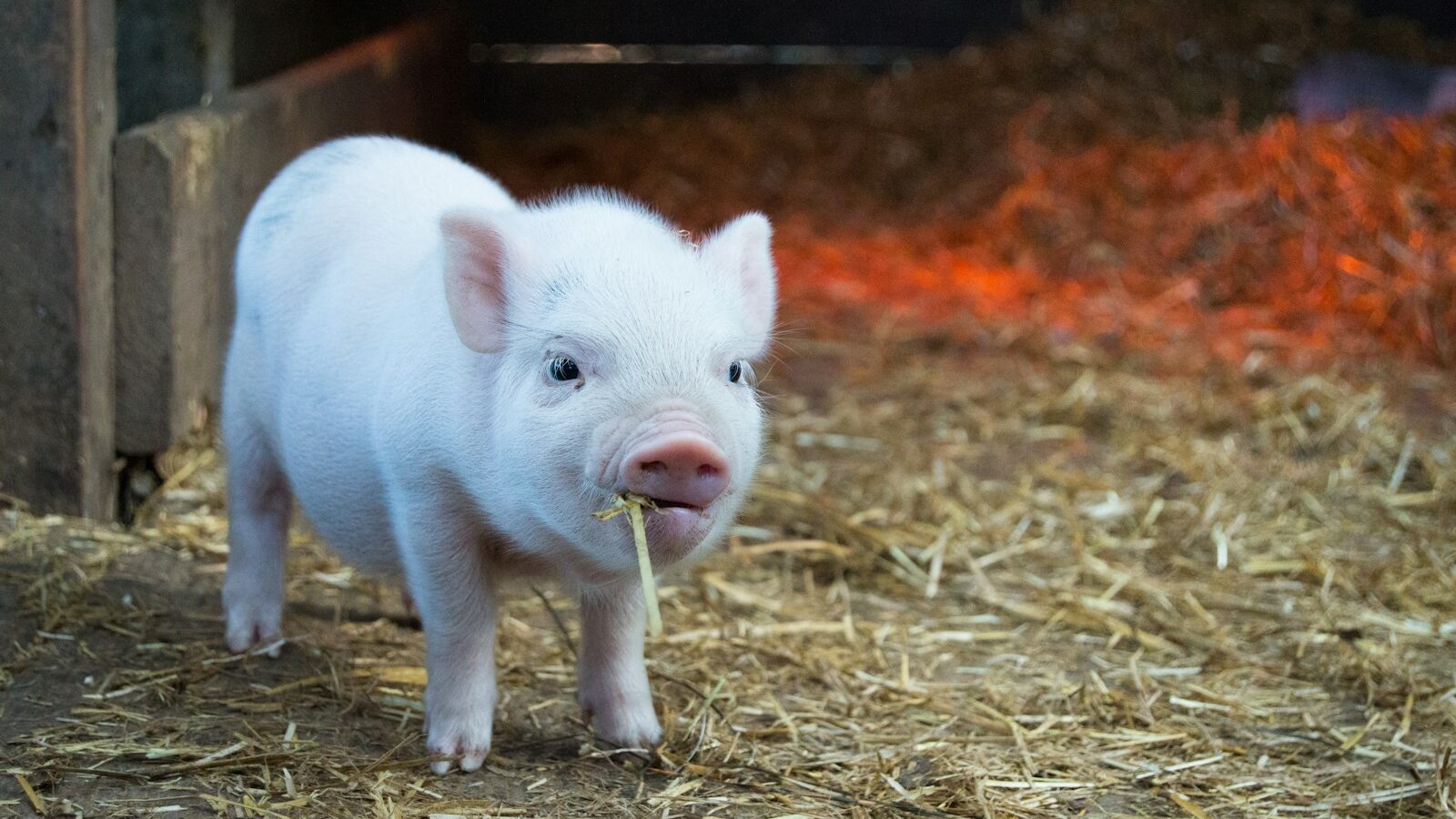
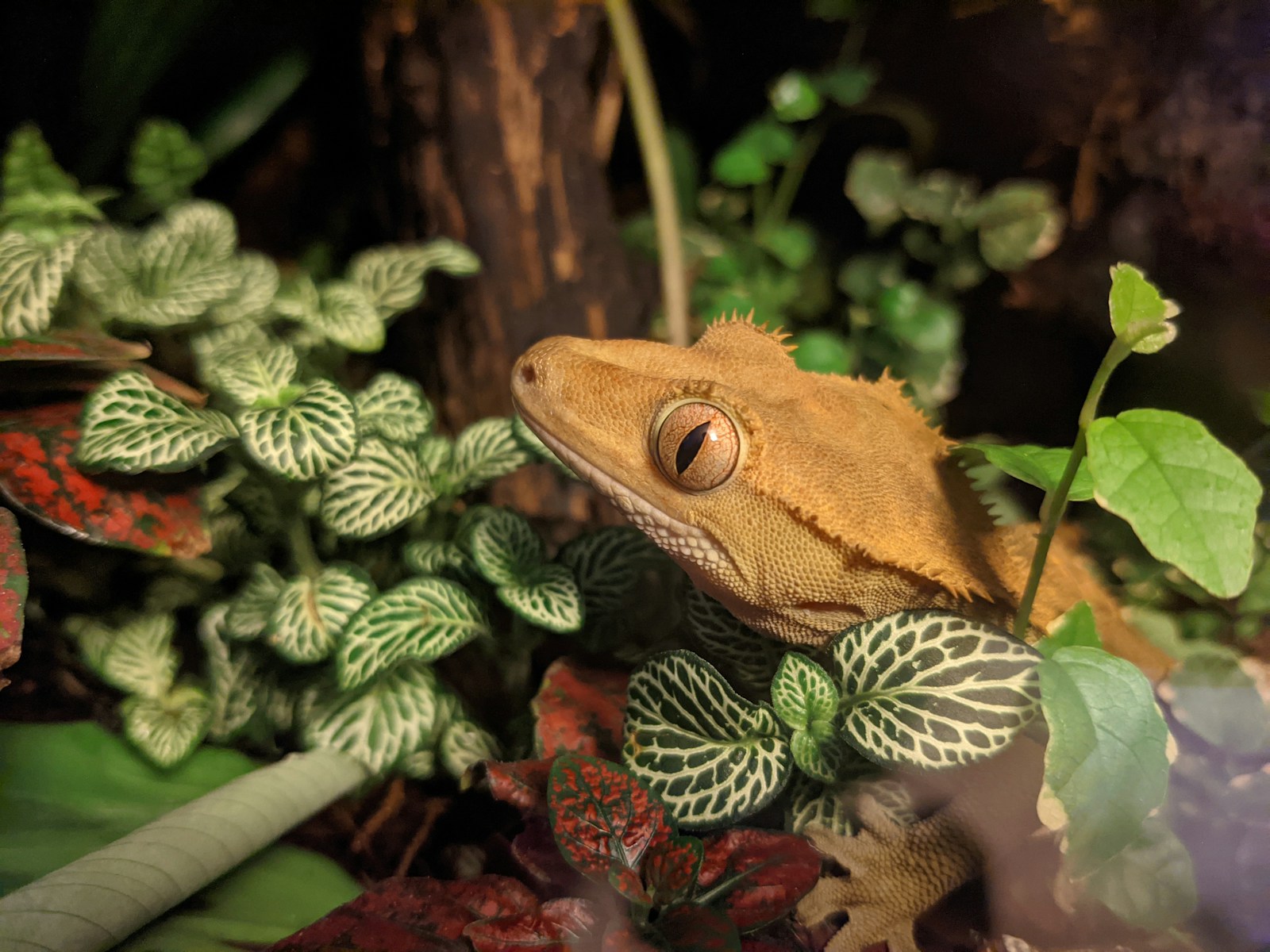
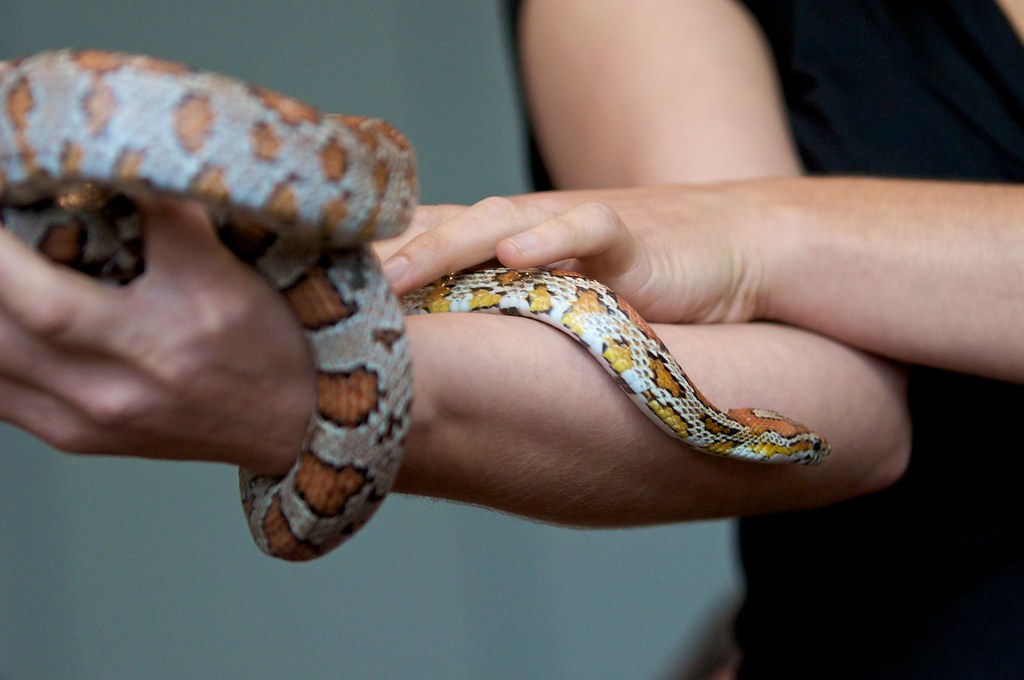
Leave a Reply